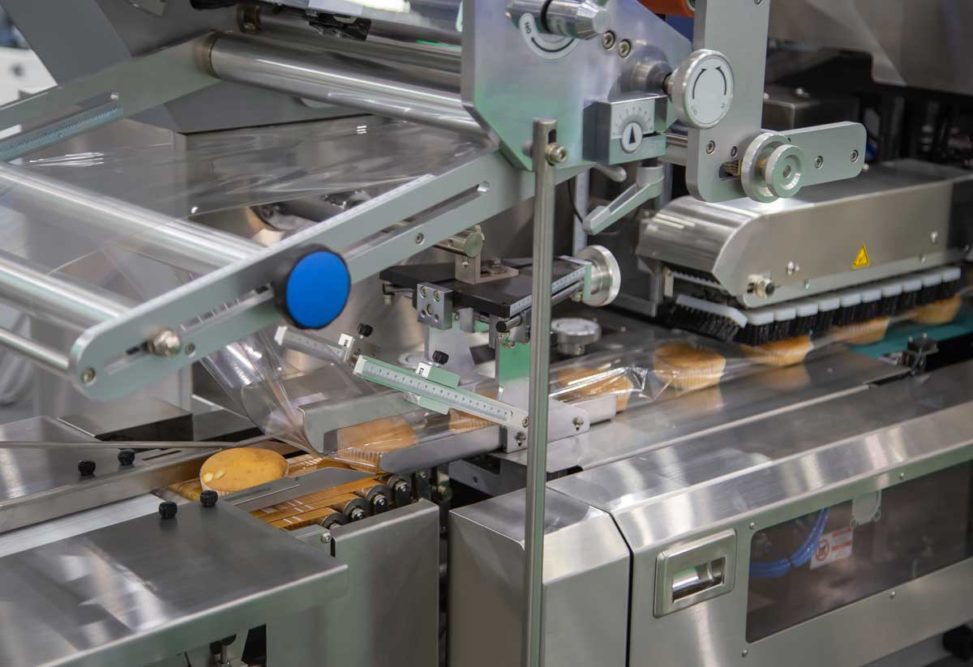It seems like only yesterday that food companies began scrambling to ensure compliance with the Food Safety Modernization Act (FSMA). In actuality, it is approaching a decade since President Barack Obama signed FSMA into law on Jan. 4, 2011. The initial clamoring produced a reality where consumer packaged goods companies now need help from original equipment manufacturers to remain FSMA compliant.
Stringent food safety regulations are now a way of life for baking and snack companies and the suppliers who provide equipment to package these goods. Machine advancements are delivering solutions to meet safety standards and increase productivity. One area that continues to evolve is inspection equipment for the detection and separation of metal and other foreign particles.
As consumer tastes in baking and snack change, CPGs need to adapt to new ingredients that could pose added risks. Some ingredients such as salt, sugar and gluten are more likely to contain tiny metal fragments than other materials. Expectations have changed to the degree that CPGs install multiple metal detectors and X-ray machines throughout the baking and snack processing and packaging line as opposed to just the end of the line, according to the Snack Food – Packaging and Processing Market Assessment and Trends report. Produced by PMMI, The Association for Packaging and Processing Technologies, the report notes that safety claims often go hand-in-hand with improving the brand image in today’s fragmented and ever-changing food sector.
The initial capital cost of magnetic separation equipment, for example, can reduce expenditures when compared to the damage caused by expensive recalls. PMMI’s report also cited the increased need for metal and foreign detection equipment, including X-ray machinery, not just for food safety, but also as earlier detection to save in material scrapping costs.
Highly sensitive magnetic separators can be installed above bulk ingredient discharges, upstream of powder sprinkles, post minor ingredient intakes, and at ingredient bag dump areas. By positioning magnets at multiple locations on the line, two-dimensional flat metal flakes that might evade a conventional metal detector get detected after shifting during conveying.






